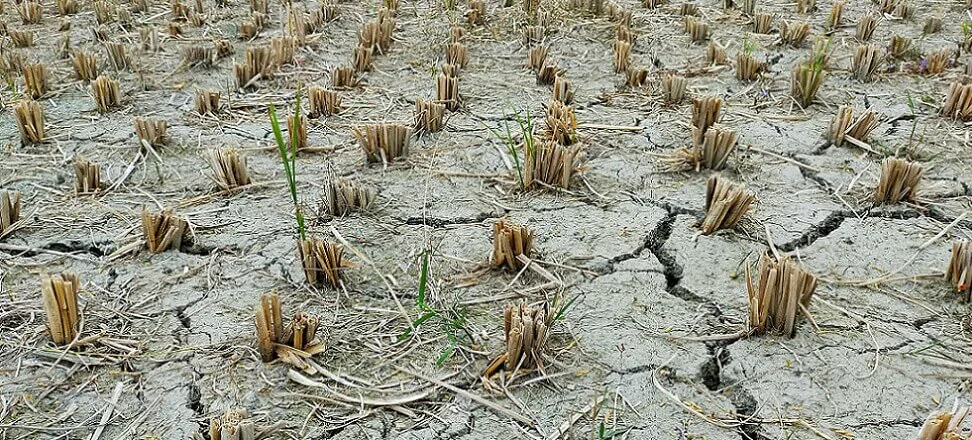News, Issue 15/2024
The drought in Poland – this summer has not been kind to farmers
The Institute of Soil Science and Plant Cultivation – State Research Institute (IUNG-PIB) published a climatic water balance analysis covering the period from June 21 to August 20. The results are alarming – as many as 13 voivodeships in Poland are struggling with agricultural drought, which poses a serious threat to crops. In some regions, farmers can expect up to 20% smaller harvests.
Monitoring of Agricultural Drought in Poland
The Agricultural Drought Monitoring System (SMSR) was introduced by IUNG-PIB on behalf of the Ministry of Agriculture and Rural Development. Its legal basis is the Act of July 7, 2005, on crop and livestock insurance. This requires annual identification of areas where losses due to drought occur. Studies are conducted bi-monthly from March 21 to September 20 each calendar year.
IUNG-PIB can pinpoint regions affected by agricultural drought by utilizing computer applications that integrate meteorological data with data from the digital soil-agricultural map. As a result, the Climatic Water Balance (KBW) is calculated for various crop species and soil types. KBW indicators help assess whether agricultural damages were indeed caused by drought, which in turn forms the basis for compensation payments.
Regions Affected by Drought
According to the latest analysis by IUNG-PIB, the average KBW value for the entire country from the beginning of summer to the third week of August is -79 mm. This negative value is a testament to the water deficit, caused mainly by temperatures higher than the long-term norm by 0.5 to 1.5°C. The warmest over the past two months was in southeastern Poland, which is reflected in the drought affecting the Sandomierz Basin area.
According to IUNG-PIB, the regions most affected by drought include: Mazovian Lowland, Podlasie Lowland, and Polesie. In these areas, the water deficit (KBW) ranged from -160 to -219 mm. In this case, the cause was lower rainfall, which in June in Warmia and Mazury ranged from 60 to 100% of the norm, and in July in Mazovia and Greater Poland was just 50-90% of the long-term norm.
Generally, from March 21 to August 20, the water shortage was most felt in the Podlaskie, Mazowieckie, and Warmian-Masurian voivodeships. Agricultural drought was reported in all communes within these voivodeships in relation to spring and winter cereals and fruit bushes. The region least affected by drought was the Lesser Poland voivodeship, where less than 5% of communes experienced a water deficit.
Which Crops Are Most at Risk?
The analysis of KBW indicators is always conducted taking into account the specific water requirements of various cultivated plant species. In the last two months, agricultural drought particularly affected corn crops, both for silage and for grain, affecting as many as 539 communes throughout Poland, especially in the Lublin voivodeship. Fruit bush plantations also experienced significant water shortages – affecting from 21% to 46% of communes in voivodeships such as: Lublin, Subcarpathian, Podlaskie, and Mazovian.
More than 10% of Polish communes also suffered from drought affecting legume crops, while nearly 6% of communes experienced difficulties with potato crops. Less significant effects of drought were observed in the cultivation of field vegetables, tobacco, and hops.
Despite this, the overall water deficit in the country remains relatively low, thanks to abundant rainfall in June and July, which reached up to 200% of the long-term norm in some regions, and a stagnation in evapotranspiration (evaporation from the soil and vegetation). However, considering the entire current agricultural season starting from March 21, agricultural drought has impacted as many as 14 different types of crops across Poland.

On an annual scale, the greatest losses affected spring and winter cereal crops – in the Podlaskie and Mazovian voivodeships, where even 50-74% of the cultivated area struggled with a water deficit. Significant water shortages were also recorded in the cultivation of fruit bushes, strawberries, rapeseed, fodder rape, corn, and leguminous plants. Many farmers in regions affected by drought can expect lower yields this year.









